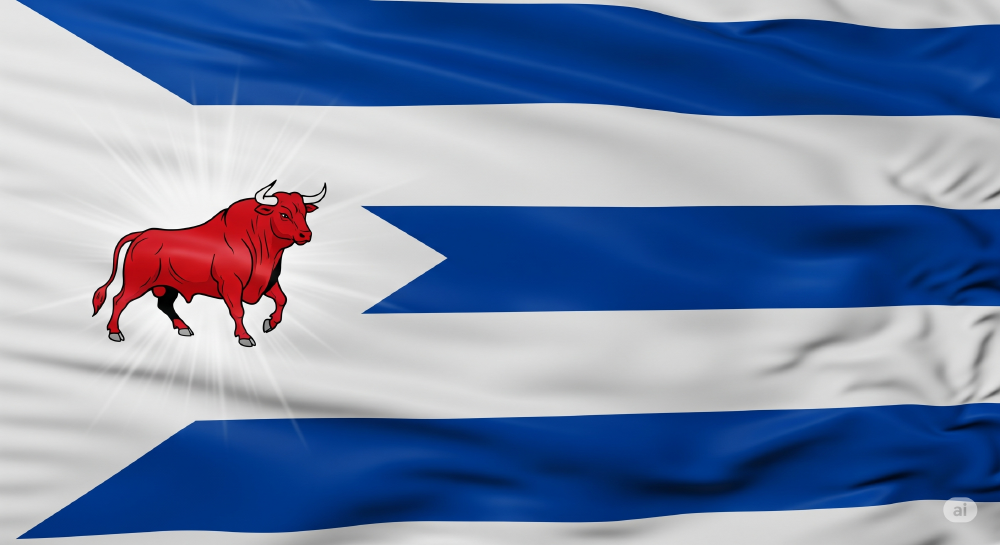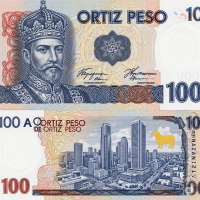The Nation of Ortiz
The Nation of Ortiz is a proud and prosperous constitutional monarchy located strategically within the vibrant archipelago of Puerto Rico. From its rich historical roots to its forward-thinking economic policies, Ortiz stands as a beacon of stability and wealth in the region.
At the heart of Ortiz's identity is its unwavering commitment to economic prowess. The nation's policies are meticulously crafted to foster innovation, encourage industry, and ensure widespread prosperity for its citizens. This dedication has cemented Ortiz's reputation as a powerful economic force.
The national symbol, the sheep, embodies the very essence of Ortiz's prosperity – a foundation of enduring wealth, abundance, and steadfastness. This symbol is prominently featured on the nation's flag, "The Azure Prosperity," where a majestic golden sheep's head rests upon a broad white stripe, flanked by the deep azure blue of the Caribbean and a vibrant red triangle with a shining white star, reflecting its Puerto Rican heritage and singular focus on success.
Governed by a constitutional monarchy, Ortiz benefits from a blend of enduring tradition and modern, stable leadership. This system provides the framework for consistent growth and ensures the well-being of its people. The nation's motto, "Prosperity Through Order, Strength in Unity," perfectly encapsulates its guiding principles: that true prosperity is achieved through stable governance and the collective effort of a unified populace.
The Ortiz Peso, the nation's currency, further reinforces this image of economic strength and tradition. Featuring regal monarchs and symbols of bustling financial districts, the currency is a tangible representation of Ortiz's robust economy and its place on the global stage.
In essence, Ortiz is a nation where tradition meets progress, where a deep-rooted commitment to economic excellence flourishes under the steady hand of a constitutional monarchy, creating a grand and prosperous future.



















